The dream of plucking sun-ripened tomatoes straight from your own balcony is more achievable than you might think. With the right approach, even urban dwellers can enjoy a steady harvest of juicy, homegrown tomatoes in as little as three months. This isn’t just about saving money at the grocery store—it’s about the unmatched satisfaction of nurturing a plant from seed to fruit and savoring flavors that supermarket tomatoes simply can’t deliver.
Choosing the Right Variety
Not all tomatoes are created equal when it comes to balcony gardening. Compact, determinate varieties like 'Tiny Tim' or 'Balcony Cherry' are ideal for container growing, producing abundant fruit without requiring extensive staking or sprawling space. For those who prefer larger tomatoes, 'Patio Princess' or 'Bush Early Girl' offer substantial slicers in a manageable size. Heirloom enthusiasts might opt for 'Black Cherry' or 'Yellow Pear,' whose unusual colors and flavors make them conversation starters as well as delicious additions to salads.
The secret to quick production lies in selecting fast-maturing varieties. Look for descriptions like "early season" or "60 days to maturity" in seed catalogs. Many gardeners make the mistake of choosing varieties based solely on fruit characteristics, only to find their plants still flowering when frost arrives. By picking speedy growers adapted to container life, you’ll be harvesting while your neighbors’ plants are still struggling to set fruit.
The Container Conundrum
Tomatoes are surprisingly tolerant of container living, provided their roots have adequate room. A common mistake beginners make is using pots that are too small—think five-gallon buckets as a minimum for most varieties. Self-watering containers are worth their weight in gold for balcony gardeners, as they prevent the soil from drying out completely during hot summer days. Fabric grow bags have gained popularity for their air-pruning benefits, which prevent root circling and promote a healthier root system.
Drainage is non-negotiable. Those beautiful ceramic pots without holes might look stylish, but they’ll drown your tomatoes faster than you can say "root rot." If you fall in love with a pot that lacks drainage, use it as a cachepot—keep the plant in a properly draining container inside the decorative one. Elevating pots an inch or two off the balcony floor with pot feet or bricks improves airflow and prevents waterlogged soil, especially important in humid climates.
Soil Secrets for Speedy Growth
The right growing medium makes all the difference between struggling plants and prolific producers. Standard garden soil is a death sentence for container tomatoes—it compacts easily and lacks the aeration container roots need. A high-quality potting mix formulated for vegetables provides the ideal balance of water retention and drainage. For those who want to mix their own, a blend of peat moss or coconut coir, perlite, and compost creates a light, nutrient-rich home for young roots.
Tomatoes are heavy feeders, especially when grown in containers where nutrients leach out with each watering. Incorporating slow-release organic fertilizer into the soil at planting time provides steady nutrition. Many balcony gardeners swear by adding crushed eggshells to the planting hole for calcium—a simple trick that may help prevent blossom end rot. Worm castings are another secret weapon, offering a gentle, nutrient-dense boost that won’t burn tender roots.
Sunlight: The Non-Negotiable Ingredient
No amount of care can compensate for insufficient light. Tomatoes demand a minimum of six hours of direct sunlight daily, with eight or more being ideal for maximum production. South-facing balconies are prime real estate, but east or west exposures can work if unobstructed. Observe your space throughout the day before planting—what seems like a sunny spot in the morning might be shaded by buildings or trees by afternoon.
Urban gardeners often need to get creative with light. Reflective surfaces like white walls or aluminum foil can bounce additional light onto plants. Rotating containers every few days ensures all sides receive equal sun exposure, preventing lopsided growth. In extremely hot climates, some afternoon shade can actually benefit plants, preventing sunscald on fruits and reducing water stress during peak heat.
The Watering Tightrope
Balancing moisture is perhaps the trickiest aspect of container tomato culture. The limited soil volume means plants can go from perfectly hydrated to drought-stressed in a matter of hours on hot days. Consistent moisture is crucial—fluctuations between wet and dry lead to problems like blossom end rot and fruit cracking. The finger test never lies: if the top inch of soil is dry, it’s time to water.
Early morning watering allows leaves to dry before evening, reducing disease risk. Water deeply until it runs out the drainage holes, ensuring the entire root zone is hydrated. During fruit set and maturation, plants may need daily watering, especially in terracotta pots that breathe more than plastic. Mulching with straw or shredded leaves helps conserve moisture and keeps soil temperatures even—a thin layer is sufficient in containers.
From Flowers to Fruit
The magical moment when yellow flowers appear signals that harvest time is approaching. These self-pollinating beauties usually don’t need help, but balcony gardeners might give plants a gentle shake when flowers are open to ensure good pollen distribution. If flowers drop without setting fruit, the culprit is often temperature extremes—tomatoes won’t set fruit when nights stay above 75°F or below 55°F.
As fruits develop, resist the urge to over-fertilize. While plants benefit from occasional feeding with a balanced liquid fertilizer, too much nitrogen at this stage leads to lush foliage at the expense of fruit production. When tomatoes reach their mature color and give slightly to gentle pressure, they’re ready for picking. Leaving them on the plant a day or two longer intensifies flavors, but don’t wait too long—overripe fruits attract pests.
Overcoming Balcony Challenges
Urban tomato growers face unique obstacles that rural gardeners never consider. Wind can be brutal on high balconies, tearing leaves and toppling plants. Creating windbreaks with trellises or strategically placing taller plants on the windward side helps. Limited space requires vertical thinking—sturdy cages or spiral supports keep plants contained while allowing air circulation.
Pests may find your balcony oasis despite its elevation. Aphids, whiteflies, and spider mites can hitchhike in on new plants or float up from street trees. Regular inspection catches infestations early. A strong spray of water often dislodges pests, while insecticidal soap handles more stubborn cases. For larger intruders like birds or squirrels, netting or decorative pinwheels that flash in the sun can deter raids on your ripening fruits.
The Reward of Patience
Three months might seem like a long wait when you’re staring at a seedling, but the timeline passes quickly with regular care. Those first green globes swelling daily build anticipation like nothing else in gardening. When you finally bite into a tomato still warm from the sun, tasting flavors no store-bought fruit can match, every moment of care becomes worthwhile.
The beauty of balcony tomato growing lies in its immediacy—from seed to sandwich in a single season. Unlike fruit trees that take years to bear or perennial crops that establish slowly, tomatoes deliver rapid gratification. They teach us about plants’ needs and rhythms while providing tangible rewards. One successful season often sparks a lifelong passion for growing food, no backyard required.
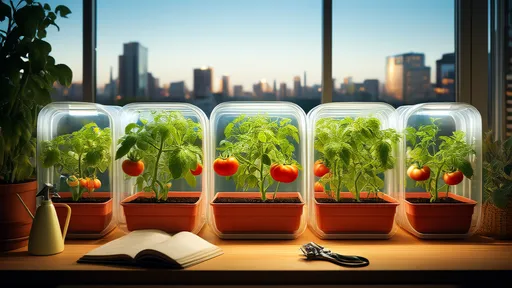
By /Aug 1, 2025
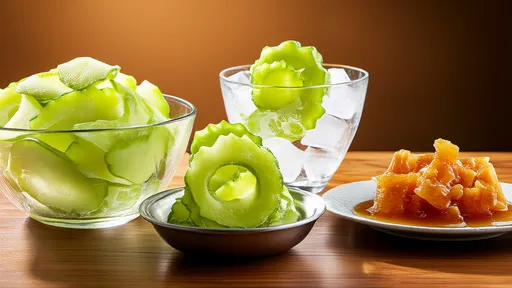
By /Aug 1, 2025
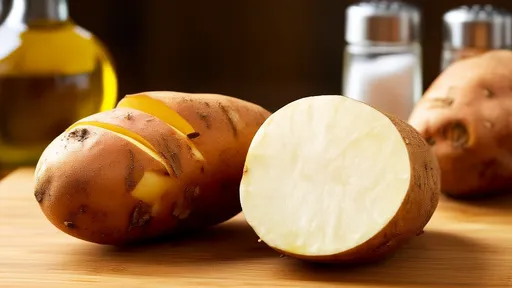
By /Aug 1, 2025

By /Aug 1, 2025
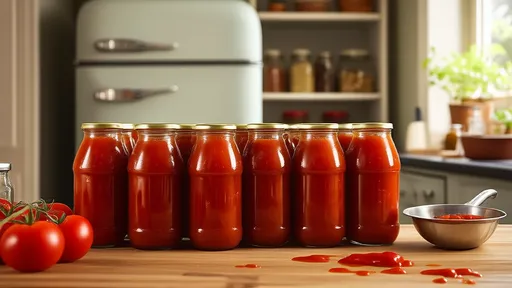
By /Aug 1, 2025
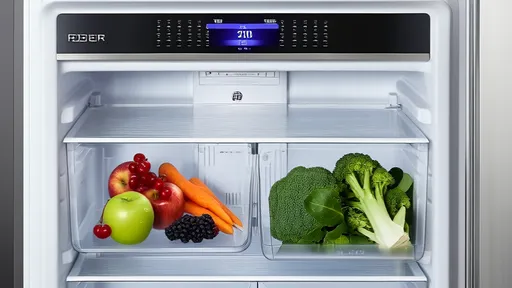
By /Aug 1, 2025
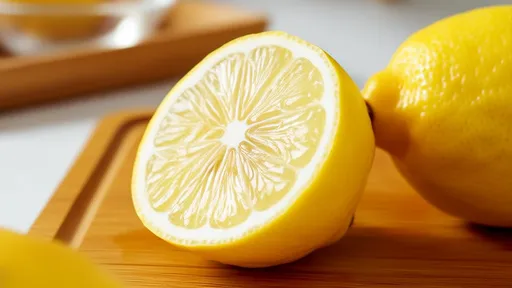
By /Aug 1, 2025
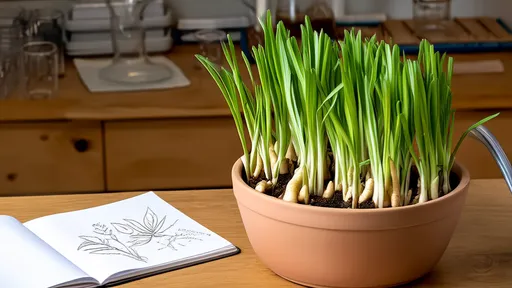
By /Aug 1, 2025
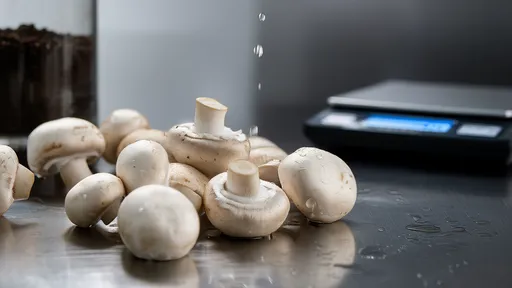
By /Aug 1, 2025
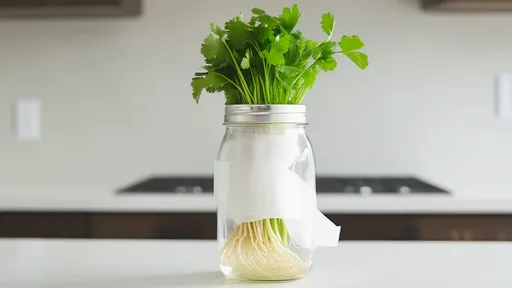
By /Aug 1, 2025
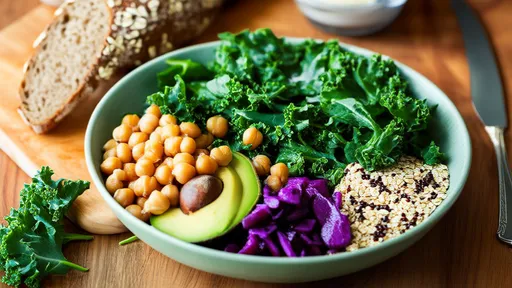
By /Aug 1, 2025

By /Aug 1, 2025
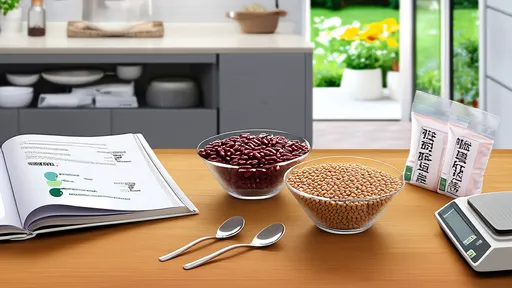
By /Aug 1, 2025

By /Aug 1, 2025
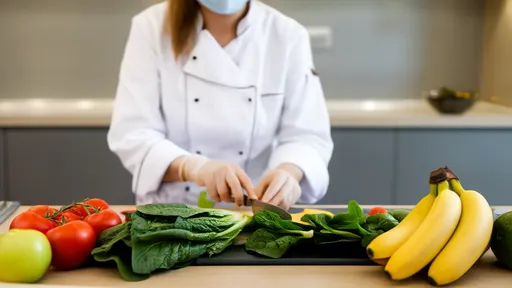
By /Aug 1, 2025

By /Aug 1, 2025
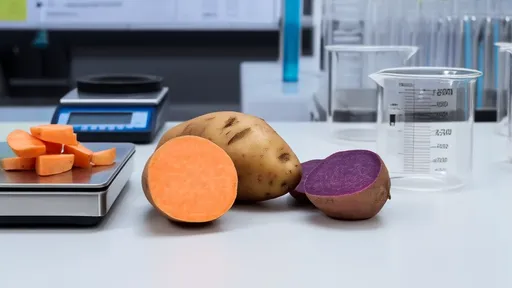
By /Aug 1, 2025
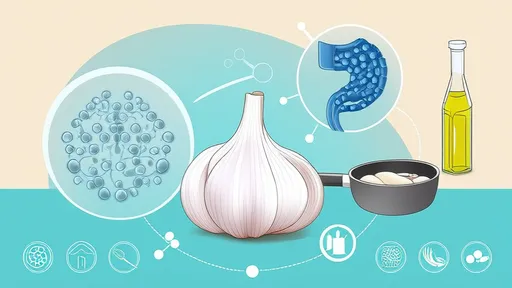
By /Aug 1, 2025